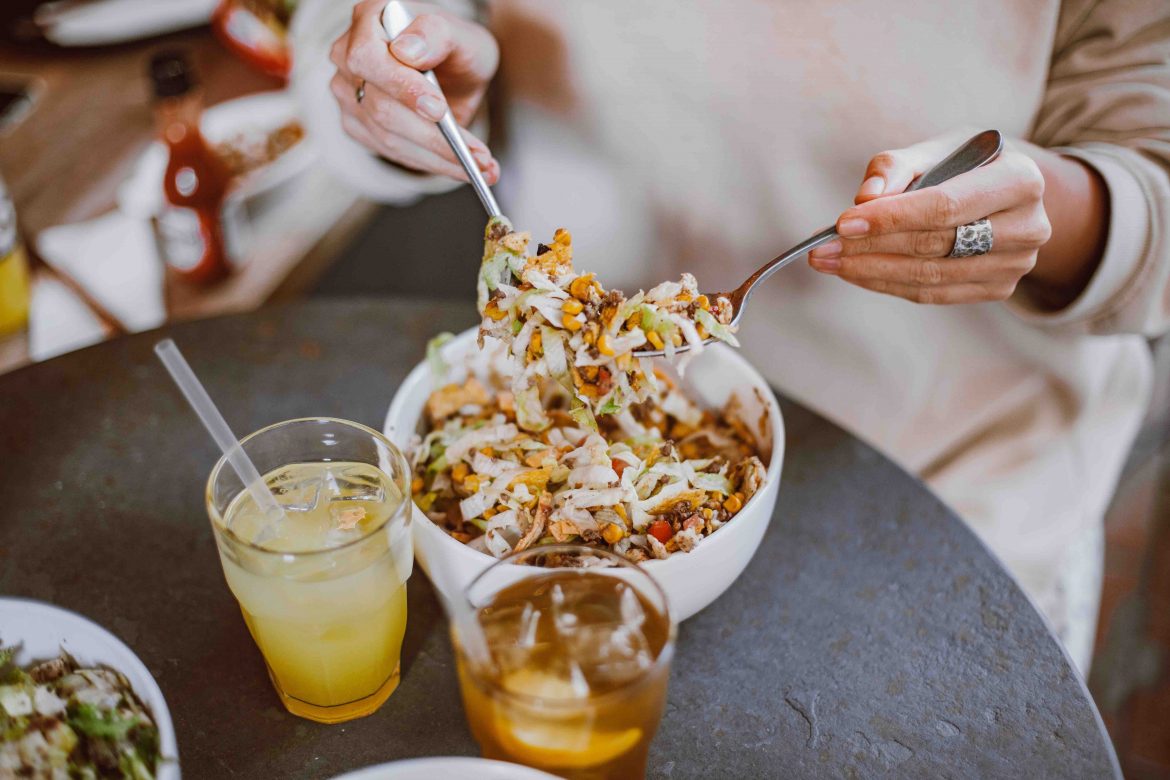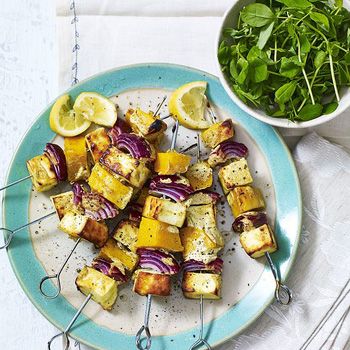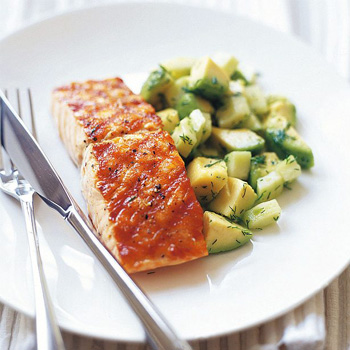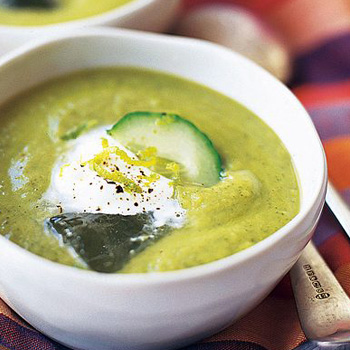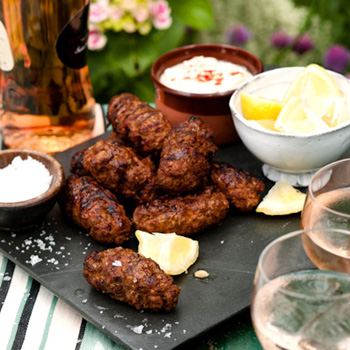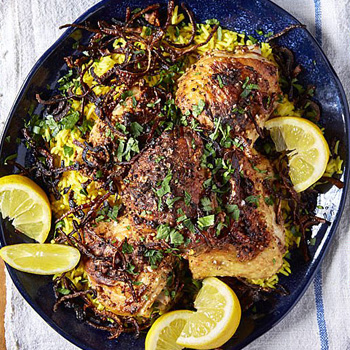The low carb, high fat diet, also known as the ketogenic or keto diet plan, has been trending for a few years and is solidly here to stay. Mostly thanks to its loyal A-list followers such as Halle Berry and Gwyneth Paltrow, who swear by its many benefits.
But what is the keto diet plan all about, and is it safe to follow long-term? We asked a dietician to weigh in.
We’ve also looked at the ketogenic diet side effects that you may experience, as well the weight loss patterns associated with the keto diet. Plus we’ve included a few keto recipes, so that you’ll know what to cook if you choose to give this diet a try.
What is the keto diet plan?
Also known as the ketogenic diet, the keto diet plan is a very low carb (in fact, it’s virtually a no carb), high fat diet that was first devised in the 1920s by Dr Gianfranco Cappello, an associate professor of surgery at the Sapienza University in Rome, Italy.
Although it was originally designed to help patients with epilepsy, the keto diet has steadily gained popularity as an effective weight loss plan for overweight and obese people, or those suffering from high blood sugar, diabetes, high blood pressure and cholesterol.
Some clinical trials have also found that the keto diet may be useful in treating patients with Alzheimer’s disease and dementia as a high fat diet helps to preserve the memory.
How does the keto diet work?
Essentially the keto diet works by cutting out carbohydrates and sugars, which is the body’s preferred source of fuel, while increasing your intake of healthy fats (such as nuts and avocados) and eating a moderate amount of protein.
This diet is similar to the Banting diet but different in the sense that it’s not a high protein diet. The emphasis is more on eating good-quality fats with plenty of vegetables and lean proteins such as chicken and fish.
This way of eating forces the body to go into a type of fasting state, where fat stores are used for energy rather than glucose from carbs.
Once the body switches to burning fat for fuel (rather than glucose from carbs, sugars and fruit), small molecules call ketones are produced, which build up in the blood stream.
Once they reach a certain level, the body then goes into a state of ketosis – and this is when rapid weight loss happens as the liver starts to break down fat.
What can you eat on the keto diet?
This depends on which type of keto diet you follow, as there are some variations. But here’s what the standard keto diet entails.
Protein
On this plan you’ll eat a moderate amount of lean protein including eggs, bone broth, wild-caught fish, organic chicken and grass-fed beef and some full-fat dairy products including milk and cheese.
You will need to watch the carb content of these though, which is why some experts suggest using dairy alternatives such as coconut and almond milk rather than cow’s milk and cheese.
Healthy fats
Plenty of healthy fats such as coconut oil, ghee, olive oil, nuts and seeds, olives, nut butters, coconuts and avocados.
Little to no carbs. In fact, the rule is that you can’t eat more than around 20-30 grams of net carbs per day which isn’t a lot as many foods contain carbs, not just your typical bread, pasta and rice. For instance, a portion of lentils contains around 30g of carbs and a tub of low-fat plain yoghurt contains around 10g of carbs.
Water and more water
You’ll also need to drink plenty of water to flush out toxins and aid your digestive system
Non-starchy veggies
It’s important to fill your plate with loads of fresh veggies which have a low carb content. Some of these include spinach, tomatoes, broccoli, mushrooms, zucchini, cucumber, onions, cauliflower and asparagus.
ALSO SEE: Low-carb vegetables to try
Which foods are off limits?
- Any type of grain is a big no-no and should be avoided at all costs. This includes bread, pasta, rice, oats, corn and quinoa.
- Most beans and legumes such as chickpeas and lentils (some keto diet plans allow small portions of beans for their fibre content).
- Sauces and condiments – as these are packed with sugar – even tomato sauce!
- Root veggies including carrots, pumpkin, sweet potato and potatoes.
- Sugars of any kind are off the cards, this includes honey, agave, coconut sugar and maple syrup.
- Sugary drinks such as fruit juice, energy drinks, flavoured waters and dairy drinks such as chocolate milk, and tea or coffee with sugar or honey. Most types of alcohol are also off the menu because they have a high carb content.
- Pretty much all processed foods including muffins, sweets, cakes, pastries, biscuits. This also includes low fat or fat free products such as protein bars as these are often high in carbs and sugar.
- All fruit except small amounts of berries such as blackberries and strawberries.
Is the keto diet safe?
While Dr Cappello claims that the diet is safe with minimal side effects, some critics believe that it poses some health risks if followed for a long period of time.
Some studies have shown that when the body initially adjusts to ketosis, you can experience some initial nasty keto side effects, which could last for a few days or even up to a month or two. These include:
- Nausea
- Extreme fatigue
- Increased hunger
- Headaches
- Digestive problems and constipation
Johannesburg based dietician at Nutritional Solutions, Abby Courtenay also says that more restrictive, low carb diets can result in some vitamin and mineral deficiencies due to a low fruit intake.
Those on a strict keto diet might not get enough vitamin C, calcium, potassium and magnesium, and may also suffer from digestive problems due to a lack of adequate fibre.
‘If you’re following a restrictive low carb diet, speak to your doctor and consider supplementing your diet with a good-quality multivitamin and mineral supplement,’ says Abby.
The bottom line is, the keto diet isn’t for everyone and should only be followed for a short period of time, to meet a specific goal, ie. you need to lose weight fast. Cutting out entire food groups isn’t ideal, says Abby.
This is because these diets are so restrictive and difficult to follow, which is why it’s best to see a dietician who can help you customise your diet plan to be more sustainable.
It’s also important that your daily diet meets all your nutrient requirements, especially as you get older because the body needs plenty of nutrient-dense foods to thrive and fight off diseases.
Keto diet plan recipes
Here are a few low carb recipes for you to try if you’re planning on following the keto diet.
Cheesy Sardine Breakfast Pots
Grilled Paneer with Butternut Squash and Spiced Yoghurt
Grilled Salmon with Avocado, Cucumber and Dill
Herby Vegetable Fritatta
Chilled Avocado and Cucumber Soup
Homemade Sausages with Spiced Mint Yoghurt
Spicy Chicken with Crispy Red Onions
DISCLAIMER: Before starting any diet, you should speak to your doctor. You must not rely on the information on this website/newsletter as an alternative to medical advice from your doctor or other professional healthcare provider.
If you going to try this diet, why not combine it with a healthy walking plan too?

